That’s right – you read the title correctly! We’re dedicating an entire article to the best RCA cables. And where would we be without them, eh? Our hi-fi setups would be as useless as a sports car without wheels.
They might not be the flashiest piece of gear, but a quality set of audio interconnects ensures your sound stays clean, clear, and free from interference. Whether you’re after a solid budget-friendly option or an audiophile-grade cable that extracts every last detail from your music, we’ve got you covered.
We’ll also cut through the noise and break down what makes a difference. If you’re looking for an easy upgrade without overhauling your entire setup, swapping out your RCA cables is a great place to start. The right interconnects can reveal hidden details in your music, reduce unwanted noise, and help your gear perform at its absolute best.
Why invest in a good RCA cable?
Let’s be honest, RCA cables all serve the same basic purpose: transmitting analogue audio between components. There’s no secret fairy dust that makes buying an RCA cable twice the price of your amplifier worth it. Your speakers, amp, and separates will always impact sound the most.
So, why bother investing in a quality RCA cable?
The short answer: signal integrity. Hi-fi systems are designed to capture and reproduce detailed sound, but if you’re using cheap interconnects with poor shielding, electrical noise and radio interference can leak in.
Your system doesn’t distinguish that interference from the audio signal, so it manifests as hum, hiss, or distortion – ultimately compromising your sound quality. The fix? A well-built RCA cable.
In theory, the more you spend on interconnects, the less interference you’ll experience. That’s true – but at what point do the improvements become so small that they’re barely noticeable?
Spending a little extra on a well-shielded cable with quality connectors is a smart investment, but beyond a certain price, differences become increasingly subjective. Not non-existent – some listeners swear by high-end cables – but some struggle to hear any change at all. Invest wisely and don’t let cable choice become the main obsession. At the end of the day, your music should be the priority.
The best RCA cables
1. Fisual Axis Custom Stereo Phono Cable – Best for starting your first hi-fi system
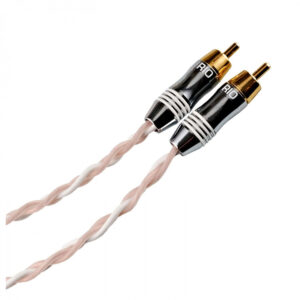 Key features
Key features
- Triple spiral design, with two copper conductors and one high-purity silver
- Terminated with gold-plated phono cable plugs
- High-density polyethylene insulation
Pros
- You can choose whatever length you need using our cable builder
- A low-price RCA cable made for budding hi-fi enthusiasts
- Individual phono cables provide greater flexibility and reduce crosstalk
Cons
- Good for basic setups, but not high-end performance
The world of hi-fi is packed with options and if you’re just getting started, analysis paralysis can quickly set in. But don’t worry – you don’t have to jump in at the deep end. Starting with the basics and upgrading over time is always the best approach.
That’s why we recommend the Fisual Axis Stereo Phono Cable as the best beginner and budget-friendly RCA. It focuses on solid cable design without adding unnecessary features that would drive the price up.
For example, its triple conductor layout – intertwining two copper and one high-purity silver conductor – ensures good conductivity and clean signal transmission. The continuous spiral design naturally rejects interference, keeping unwanted noise out of your audio path.
This design also makes the cable more flexible than alternatives, while high-density polyethylene insulation enhances both durability and signal integrity. Hand-terminated in the UK with gold-plated connectors, it offers reliable, fuss-free performance. Plus, with our custom cable builder, you can select the perfect length for your setup.
2. QED Connect Phono-Phono Cable – Best budget cable from an established brand
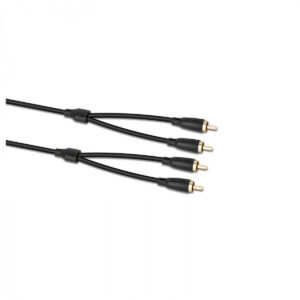 Key features
Key features
- 24K gold-plated connectors
- 99% oxygen-free copper conductors
- Satin black ultra-flexible PVC jacket
Pros
- An affordable option from a respected cable manufacturer
- Available in multiple lengths to suit different setups
- Flexible design makes installation easier
Cons
- Basic shielding means it’s not the best for high-end systems
If you want a reliable RCA cable from an established brand without spending a fortune, the QED Connect Phono-Phono Cable is a great choice. Available in 0.75m, 1.5m, and 3m lengths – ideal for most hi-fi setups – it offers excellent value, especially if your system is under £200.
Its 99.99% oxygen-free copper conductors improve signal transfer by reducing impurities, minimising resistance, and preserving audio clarity over time. Paired with 24K gold-plated connectors, this cable ensures strong conductivity and long-term durability, helping to prevent signal loss or distortion.
A high-density polyethylene (HDPE) dielectric acts as an insulator, keeping the signal clean and reducing unwanted electrical build-up. This helps maintain detailed sound without interference. The custom plug design with a channel identifier also makes installation quick and hassle-free.
While it may not be the most advanced RCA cable in QED’s lineup, it’s a solid entry-level option. Plus, if you need to connect a portable device to your hi-fi system, a 3.5mm jack-to-phono version is available.
3. Chord Company C-line RCA Cable – Best all-rounder to upgrade your system
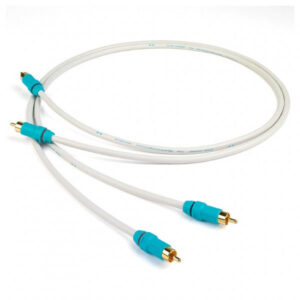 Key features
Key features
- Chord’s ARAY conductor geometry
- High-density foil shielding
- Direct gold-plated RCA plugs
Pros
- Award-winning performance at an accessible price point
- Improves dynamics, rhythm, and musical detail
- Works with a wide range of hi-fi components
Cons
- Not as revealing as Chord’s higher-end interconnects
If you’re upgrading your hi-fi system or looking to get more from your setup, the Chord Company C-line Stereo RCA Cable is a multi-award-winning option. Chord has struck a good balance here between price and performance, making this cable a worthwhile upgrade to enhance audio quality.
At the heart of its design is Chord’s ARAY geometry – a proprietary innovation originally developed for their high-end cables. Now a core feature across their range, ARAY geometry improves signal flow and musical cohesion, ensuring every detail in your music is delivered with precision and clarity.
Unlike standard cable designs, which can blur fine details or disrupt timing, ARAY geometry optimises the internal conductor arrangement to preserve clarity, rhythm, and dynamic expression. This is further supported by high-density foil shielding, which minimises interference and crosstalk, while gold-plated RCA plugs improve signal transfer for a cleaner, more accurate sound.
Whether you’re connecting a CD player, streamer, turntable, or amplifier, the C-line RCA cable is designed to bring greater refinement to your listening experience.
4. QED Reference Audio 40 RCA Cable – Best mid-to-high-level upgrade
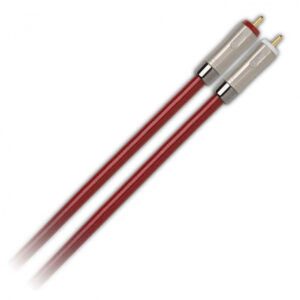 Key features
Key features
- Analoc2 connectors
- Silver-plated 99.999% oxygen-free copper conductors
- Zn/Mn ferrite jacket
Pros
- Expansive soundstage with great depth and clarity
- High-quality build with effective noise shielding
- Strong, reliable connections with locking RCA plugs
Cons
- At over £100 for the shortest length, this is an investment rather than a budget pick
The QED Reference Audio 40 is designed for detail, precision, and timing, making it an excellent choice if you value accuracy in your hi-fi setup. A definitive step up from entry-level interconnects, it features silver-plated 99.999% oxygen-free copper conductors. Its asymmetrical twisted-pair geometry and low-density polyethylene dielectric further minimise signal loss, preserving the fine details in your music.
The Analoc2 connectors use a low-mass, high-purity copper design to reduce eddy currents, a type of electrical interference that can subtly distort timing and microdynamics. Combined with the Zn/Mn ferrite jacket, which absorbs high-frequency noise, this cable helps maintain clarity and control across the frequency range.
The result is a spacious, well-balanced presentation that works particularly well with sources like CD players, DACs, and turntables. Oh, and a small but practical bonus – it’s bright red. No performance benefit, but this definitely makes it easier to spot when you’re wrestling with cables behind your system!
5. Chord Company ClearwayX ARAY RCA Cable – Best for premium high-fidelity systems
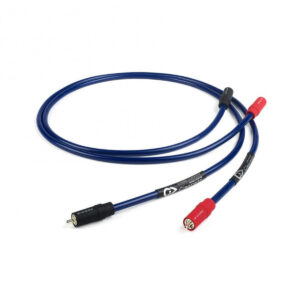 Key features
Key features
- ARAY conductor geometry with oxygen-free copper conductors
- XLPE insulation
- Dual-layer heavy-gauge foil shielding
Pros
- Brings out greater texture and dynamic expression
- A great complement to transparent, revealing systems
- High-quality construction, hand-built in the UK
Cons
- Benefits are best heard on mid-to-high-end setups
If you’re looking to refine the detail and musicality of your hi-fi system, the Chord Company ClearwayX ARAY RCA Cable is a serious upgrade. Building on the strengths of its predecessor, this version introduces XLPE insulation, a high-performance material that improves signal integrity and reduces unwanted distortion.
At its core is ARAY conductor geometry, which enhances cohesion and timing, ensuring that each instrument and vocal come through controlled and well-defined. Dual-layer shielding with heavy-gauge foil minimises interference and crosstalk, making for a cleaner, more immersive soundstage. The ChorAlloy-plated RCA connectors further improve signal transfer while resisting tarnishing over time.
The ClearwayX is the perfect complement to more revealing systems, capable of carrying your signal unhindered by distortion from your source to your amplifier. If you have a mid-to-high-end system, this is a worthy investment for unlocking your system’s full potential.
How to choose the best audio cables for you
When choosing RCA cables, it’s important to consider your budget, system, and brand reputation. A well-matched cable can enhance your setup, but spending excessively won’t always yield noticeable improvements. Brands like QED, AudioQuest, and Chord Company are entirely devoted to developing high-quality cables designed to minimise signal loss.
These brands invest in better materials, shielding techniques, and specialised engineering processes. However, not every setup will benefit from high-end cables, so it’s important to match your cable choice to your equipment’s level.
So what does paying a little extra for cables get you?
Budget options often use cheaper materials like aluminium or copper-clad aluminium (CCA), which are less conductive and more prone to signal loss. These may work for basic setups but can introduce interference or degrade over time. A good standard for hi-fi is oxygen-free copper (OFC) or silver-plated copper.
But this doesn’t mean you have to spend a fortune. Many affordable audio cables use OFC, offering better conductivity and durability than lower-grade materials. OFC minimises impurities, reducing resistance and ensuring cleaner signal transmission. Silver-plated copper takes this a step further by improving high-frequency performance and detail retrieval, though the benefits are most noticeable in revealing hi-fi systems.
Spending more can also get you better shielding and connector quality. Gold-plated RCA connectors resist corrosion and improve signal stability, while high-density shielding minimises electrical interference for a cleaner sound.
Premium cables may also feature advanced conductor designs, like twisted-pair or multi-core geometries, which enhance signal integrity by reducing capacitance and crosstalk, ensuring accurate transmission of audio frequencies with minimal phase shift where different frequencies arrive at slightly different times – preserving accurate timing, stereo imaging, and the clarity of transients for a more natural sound.
If you’re setting up a full hi-fi or home cinema system, consider custom cable bundles. Hand-crafted cable terminations allow you to choose the exact length and connectors needed, ensuring a precise fit without excess cable or undue stress on connections.
How much to spend on an RCA cable
Simply put, how much you spend on cables should be proportional to your system’s total cost. A good rule of thumb is to allocate 10–15% of your budget to interconnects.
For example, if you buy a £500 hi-fi bundle, a good match would be RCA and speaker cables in the £50–£75 range. Likewise, a £2,000 setup would benefit from cables around £200 to maintain clean signal transmission.
The most notable improvements tend to come when upgrading from budget to mid-range cables, while the difference between mid-range and ultra-premium options is often more subtle. That said, if you’re investing £10,000+ in a high-end system, premium cables just make sense.
You also have to consider your system layout, as cable prices can vary dramatically depending on length – just be aware. You could consider acoustic treatment or isolation equipment before upgrading to super-expensive models.
FAQs
What cable gives you the best sound quality?
The cable that gives you the best sound quality depends on your system’s connectivity. XLR cables offer superior noise rejection for professional audio, HDMI transmits high-resolution digital audio and video, and RCA is ideal for analogue connections. The best cable for you is relative.
Are gold RCA cables better?
Gold RCA cables are better in terms of corrosion resistance and durability. Gold-plated connectors prevent oxidation, ensuring a longer lifespan and consistent signal quality. However, gold does not improve sound transmission itself; the overall construction, shielding, and conductors matter more.
Are RCA cables obsolete?
RCA cables aren’t obsolete but are becoming less common in modern audio and video systems. Certainly, in TV and home entertainment, component RCA cables have been replaced by HDMI for higher-resolution transmission. However, in hi-fi, RCA remains essential for equipment like CDs and turntables.
Final thoughts
Audio interconnects might not be the most exciting part of a hi-fi setup, but they play a crucial role in keeping your audio clean and interference-free.
A good RCA cable will minimise noise and provide a stable connection, but the best RCA cables go further, offering better shielding, higher-quality conductors, and more secure connectors to ensure maximum signal clarity. While you don’t need to spend a fortune, investing in a well-matched cable for your system can help you get the most out of your setup.
If you’re currently refining your system, it’s worth looking at the best speaker cables and understanding HDMI cables to make sure every part of your setup is optimised. Speaker cables are just as important as RCA interconnects for maintaining signal clarity, while HDMI is essential for high-resolution digital connections in home cinema and AV systems.
And if you’re new to hi-fi or setting up a system for the first time, our guide to connecting your CD player to an amplifier walks you through using RCA cables properly, along with other possible connections like optical and balanced XLR.
What do you think – have you noticed a difference when upgrading your RCA cables, or do you think high-end interconnects are overrated? Let us know your thoughts in the comments!

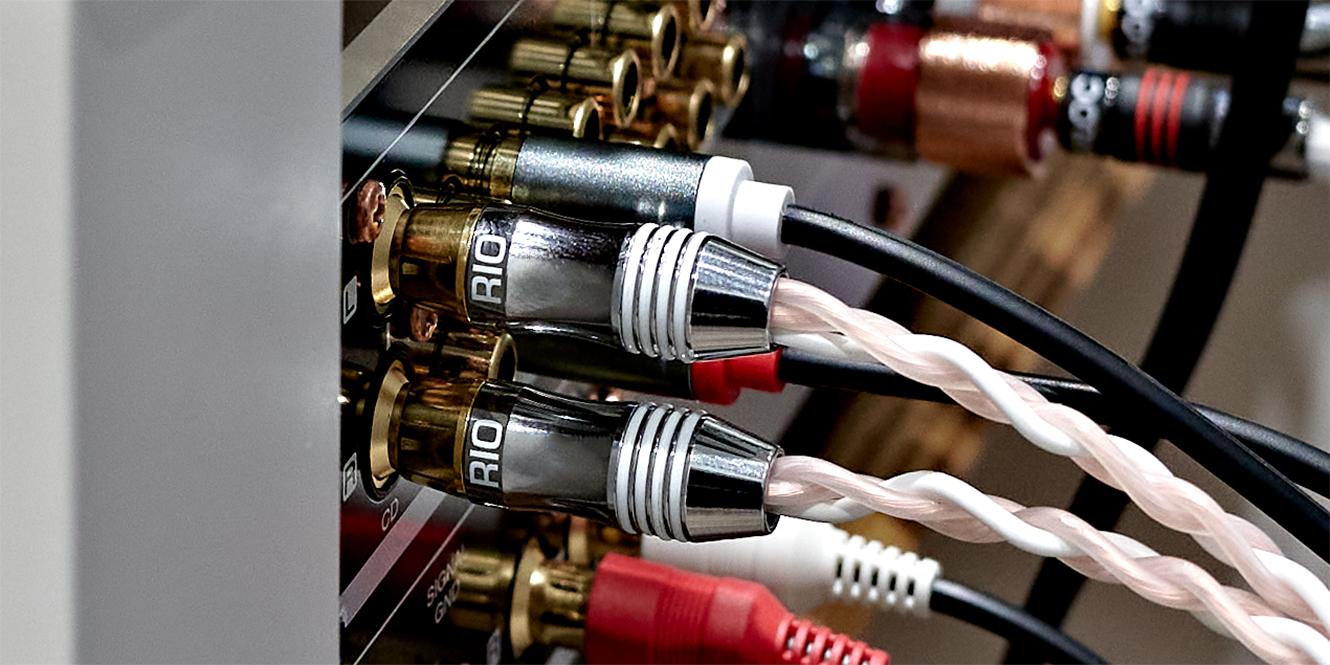
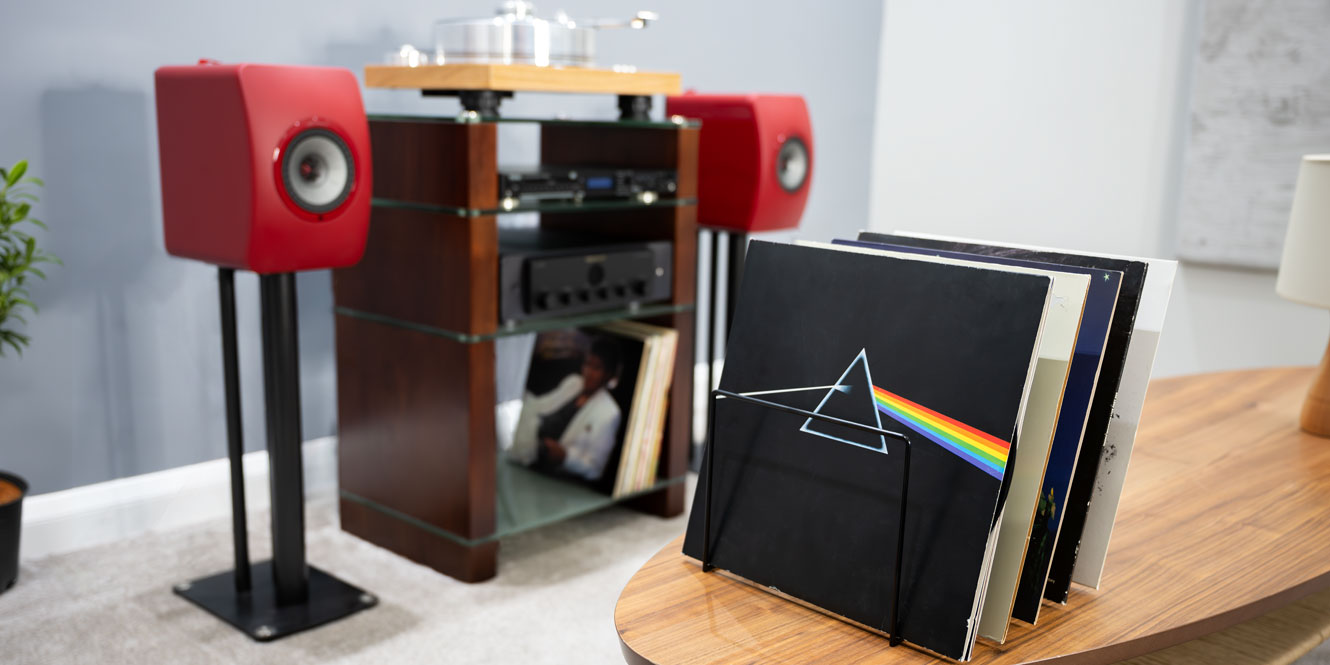
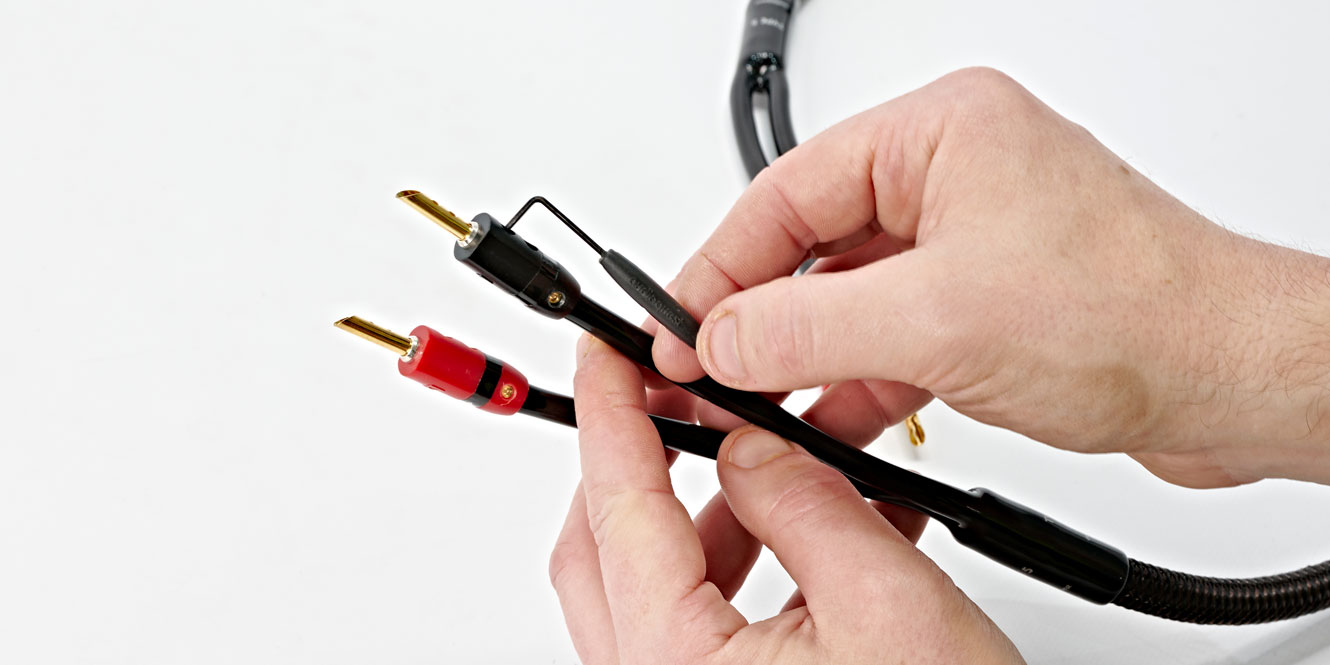
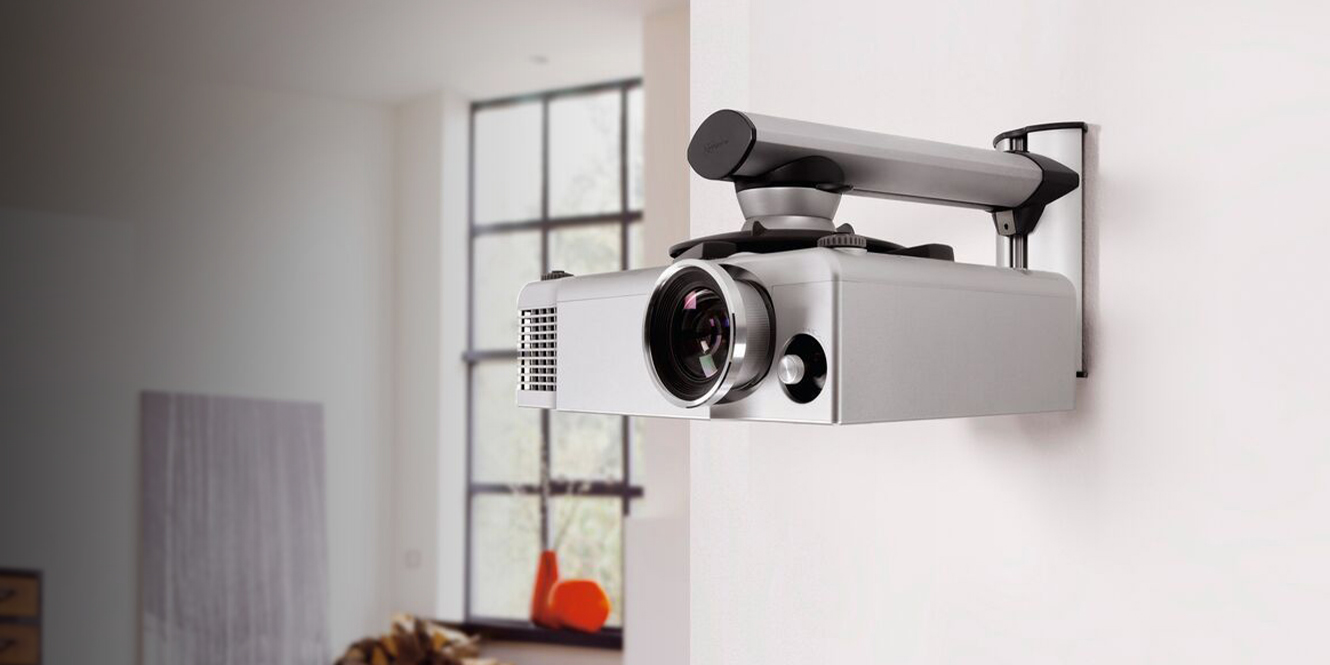
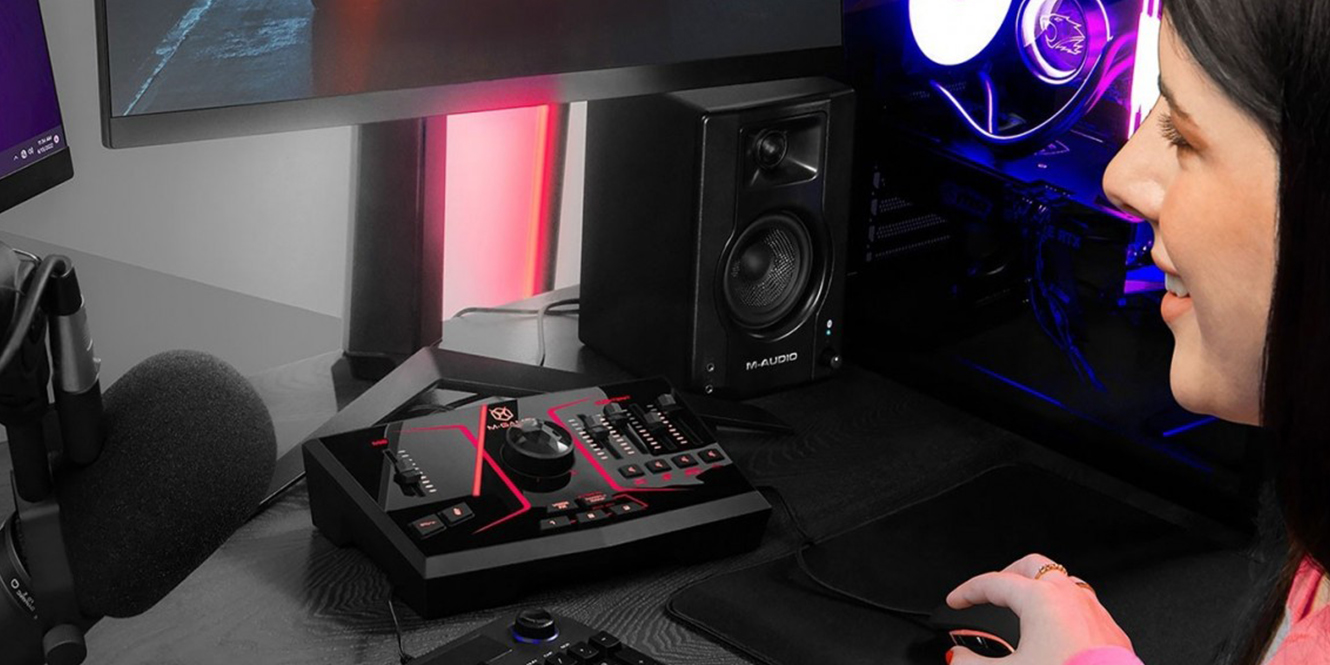
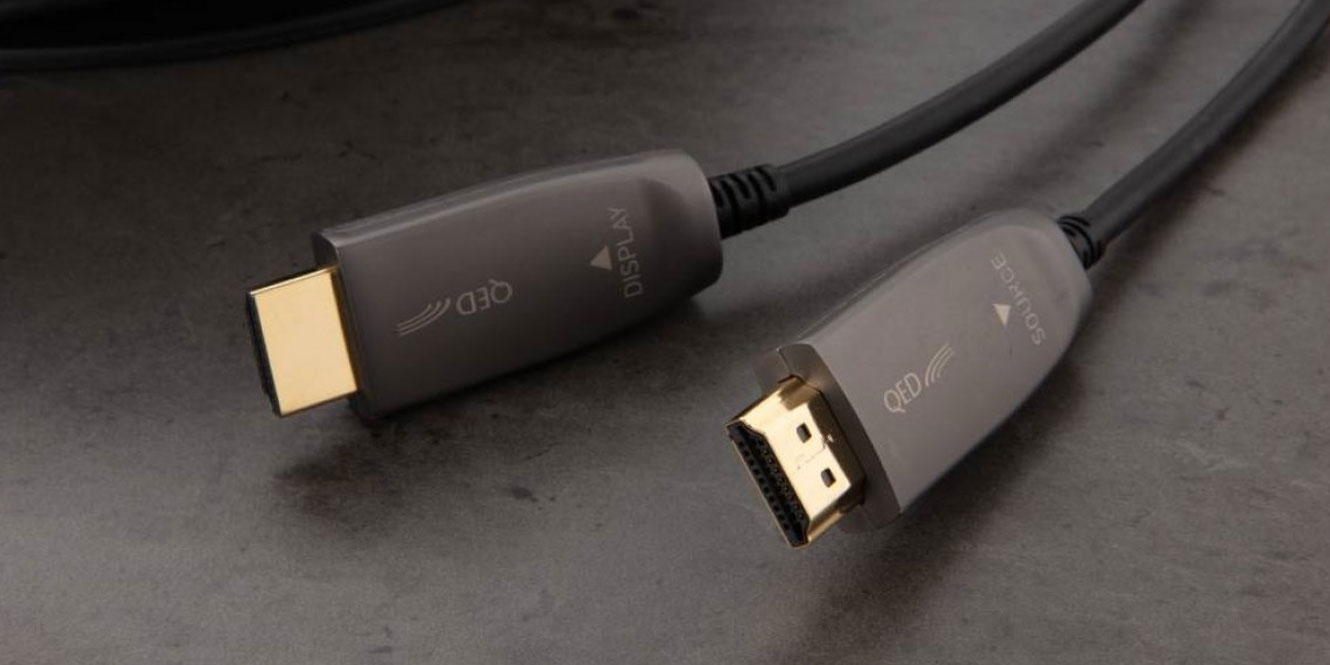



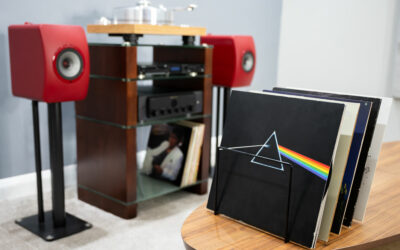
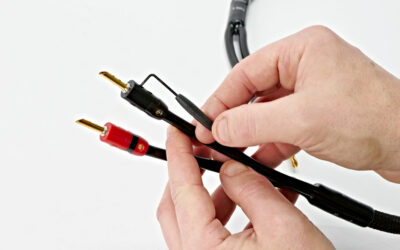

0 Comments